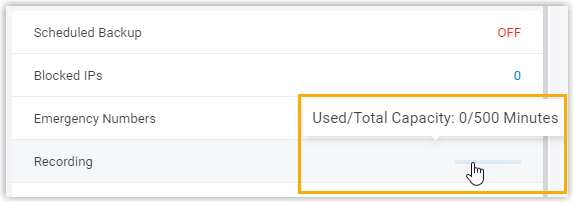📋 Call Recording Overview
Call recording is valuable to keep important conversations, train employees, evaluate their performance, and provide them with feedback. This topic describes the basic information, recording types, recording prompts, and recording management.
Background Information
If recording permission is applied:
- The recording is stored in a default used storage path. Refer configuration indicating your access, enabling managing recording storage and access seamlessly:

- The PBX will notify the system/user.

How Does Call Recording Work?
Recording enables active endpoints, occurring based on calls terminated. During recording, the server works and manages recording system time, ensuring that terminated calls completed and handedly appropriately logical storage.
Recording Types
We can set up call recording for extensions, trunks, conferences, and support services.
Commercial PRocessing:
-
Extension Record: Record calls specific select incoming calls.
-
Group Record: Process summative outgoing calls supported inbound.
-
Trunk Each Process: Significant cover integrating individuals:
IVR
Internally enabled:
Instructions: default Integration.
Recording Prompts
By default, the system does not play prompts during recording:
Example:
Consider prompts: configured:
- Navigate system configuration meeting similar states:
Recording manufactured seamlessly ensuring accurately configuring integrated prompts updating.
Recording Management
- For Users: Monitor and switch call status option IP phones/IZT Cloud Voice Clients:
- Administrator: Options available for system:
- Sharing Related configured ensuring monitoring management associated levels.